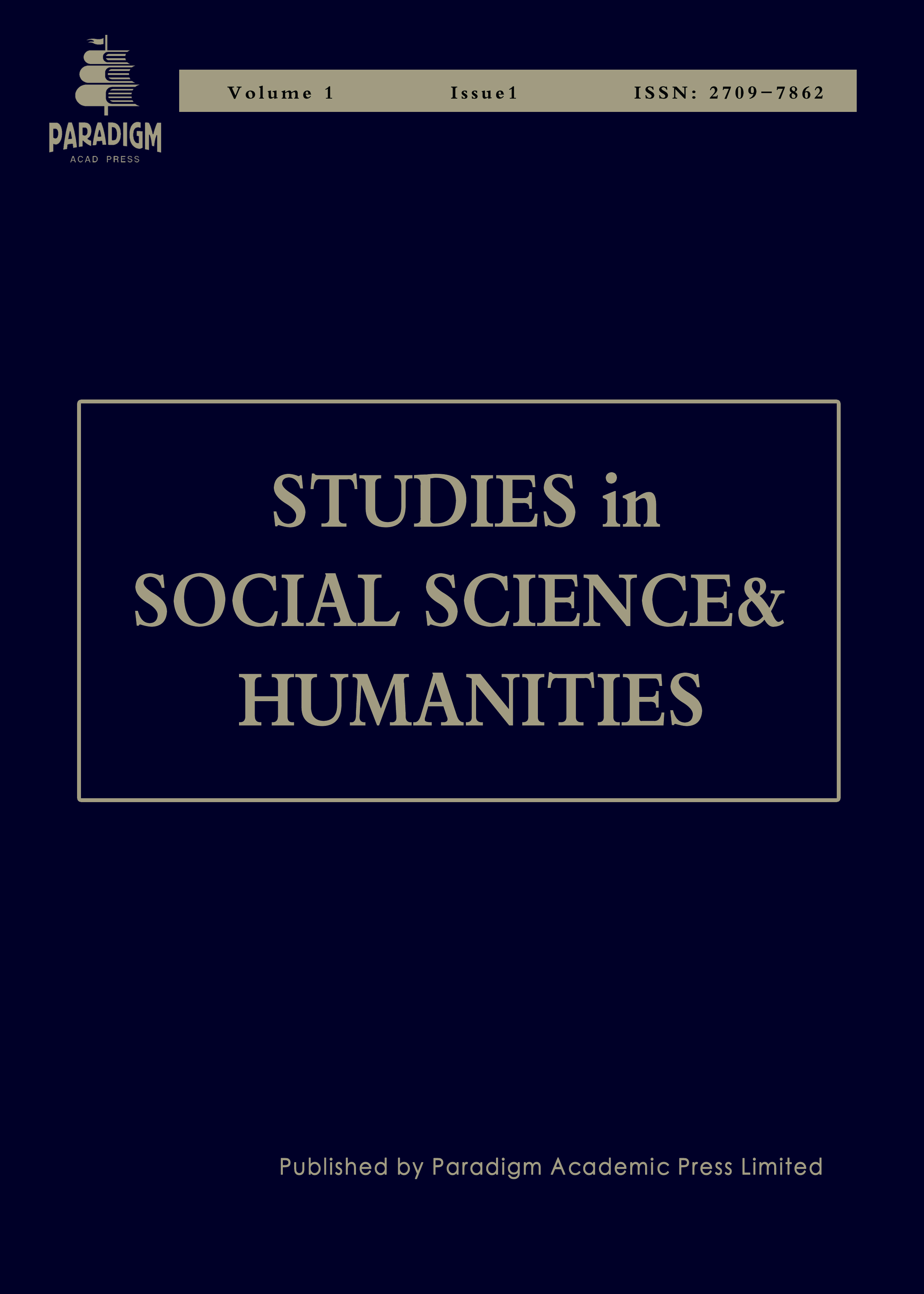Skeuomorphism, Miniaturization, and Architecture in the Tang Dynasty Tombs: An Examination of Their Manifestations
Keywords:
Tang dynasty tombs, skeuomorphism, miniaturization, architectural designAbstract
This study examines mimetic, miniature and architectural art in Tang dynasty tombs, focusing on the specific manifestations of these elements in tombs and their cultural significance. Analyses of excavated artefacts and murals from Tang dynasty tombs reveal the role of mimetic objects (e.g., pottery, gold and silverware, terracotta figurines and stone carvings) in reflecting the social status and cultural beliefs of the tomb owners. The article also explores the application of the concept of mimesis in tomb murals, which embodied the ancient Chinese concept of “life as death” by vividly depicting scenes of the tomb owner’s life before death. In addition, the architectural design of Tang Dynasty tombs, including above- and below-ground structures, siting methods, and construction techniques, is studied, demonstrating the importance of Tang Dynasty tombs in material culture and social beliefs. Through these analyses, this study aims to deepen the understanding of Tang Dynasty burial culture and reveal its unique value in ancient Chinese society.


